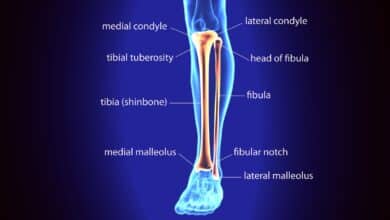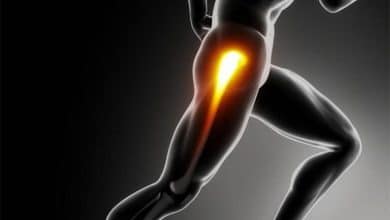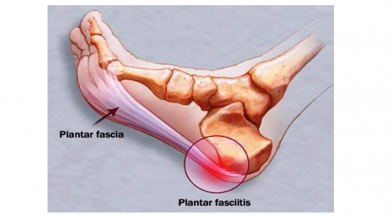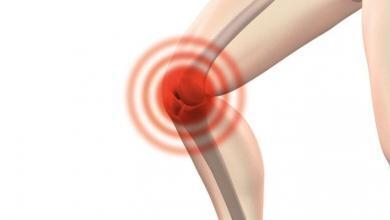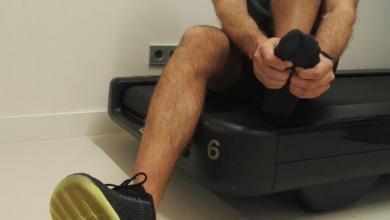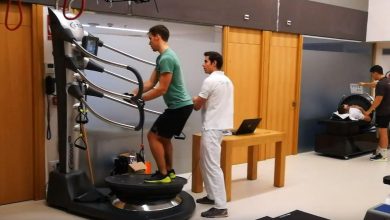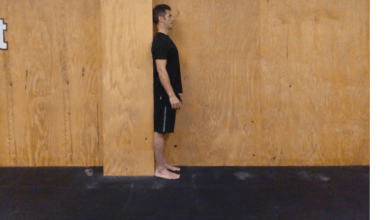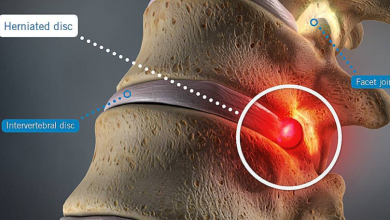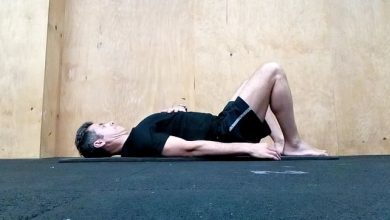All about the pyramidal syndrome
It is a fairly common injury in runners and triathletes that affects the gluteal area
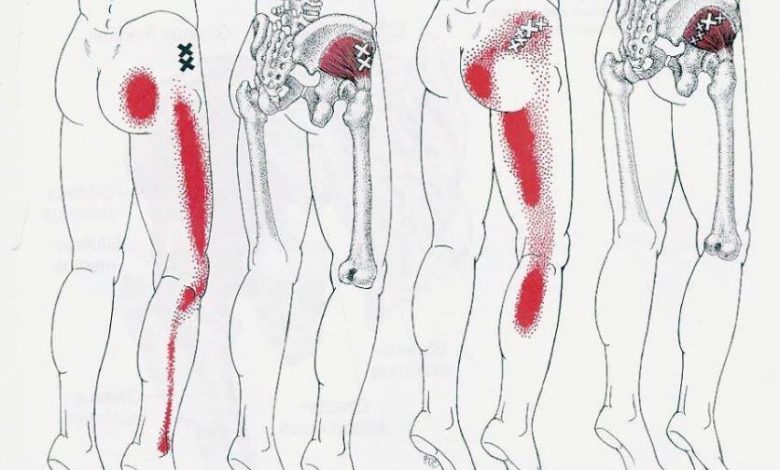
Surely more than once we will have heard within the sports world, that an athlete can have strong discomfort or overload in the gluteal area.
We may not know that this symptom can lead to greater consequences causing what is known as pyramidal syndrome.
But do we really know what the injury is caused by and the causes of it?.
In this article our collaborator Healthing will try to clarify the main concepts in a brief and concise way, including how the Diagnosis of pyramidal syndrome.
What is piriformis syndrome?
We thus refer to the symptomatic picture triggered by the contracture of the pyramidal muscle (also known as piriform) and the compression or irritation of the sciatic nerve that can lead.
This pyramidal syndrome can manifest with symptoms such as pain in the gluteal area, which can extend along the leg, and in more severe cases, may be accompanied by weakness, numbness u tingle.
Since the sciatic nerve passes through or under this muscle, spasm of the piriformis can compromise the nerve space and irritate it (Image 1).
The athlete may suffer pain in the middle area of one of the buttocks It can extend along the leg even be accompanied by weakness, numbness or tingling, if you continue with your sports practice routinely.
this pathology It is also known as pseudocytic or false sciatica, so that it is important to make a good diagnosis differential.
In addition, in those athletes with a high physical requirement it can be related to a simple muscular overload, not knowing the nervous consequences that can bring and consequently the suspension of their sport practice.
Anatomy - Pyramidal muscle
The pyramidal runs from the antero-lateral aspect of the sacrum, inserting into the greater trochanter of the femur.
This muscle is characterized by its triangular and flattened shape and has a very close relationship with the sciatic nerve as we have commented previously.
Its main function is: perform extension movements, external rotation and hip abduction.
What is the origin of pyramidal syndrome?
Multifactorial: Overtraining, muscle shortening (especially of the piriformis and adjacent muscles) as well as spinal problems, especially in the lumbosacral area, are the main causes of this pathology.
In addition, some visceral alterations can also trigger this syndrome. To prevent piriformis syndrome, it is essential to maintain good posture and avoid overtraining.
How do we treat pyramidal syndrome?
In the early stages, we use conservative techniques such as manual therapy and osteopathic techniques.
If the injury is very acute and disabling, we can use the latest technologies we have, especially highlighting the high energy super pulsed laser, diathermy application y invasive techniques such as neuromodulation, EPI o dry puncture in the muscles to be treated.
More information http://healthing.es/
Contact:
- Healthing, Calle Serrano, 61. 4th floor - 28006 (Madrid)
- Telephone: + 34 91 426 29 24
- Photo: www.hsnstore.com
There are no previous results.











